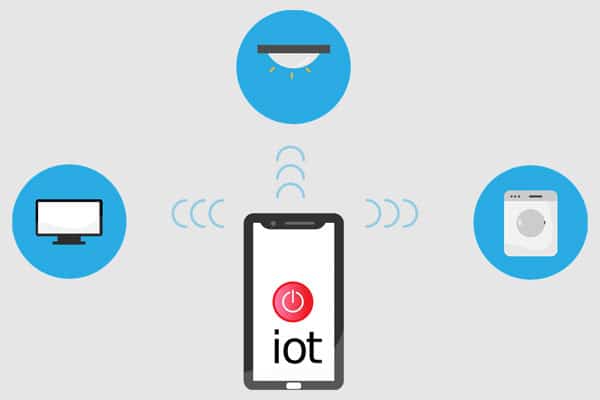
13 Aug IoT Security Risks for Small Businesses
Did you know that IoT is your office thermostat, conference room speaker, and smart badge reader are convenient, but they’re also doors into your network. With more devices than ever in play, keeping track can be tough, and it only takes one weak link to put your entire system at risk. That’s why smart IT solutions matter now more than ever.
What is IoT?
IoT, or the Internet of Things, is all about physical devices, like sensors, appliances, gadgets, or machines, being connected to the internet. These smart tools can collect and share data, and even act on their own, all without needing someone to constantly manage them. IoT helps boost efficiency, automate tasks, and provide useful data that leads to smarter decisions for both businesses and individuals. But it also comes with challenges, like keeping data secure, protecting privacy, and keeping track of all those connected devices.
Steps To Manage IoT Security Risks for Small Businesses
1. Know What You’ve Got:
Walk through the office, list all smart devices, note model names and users. With a clear inventory, you’ll have the visibility you need to stay in control during updates or when responding to issues.
2. Change Default Passwords Immediately
Use strong, unique passwords and store them securely. It takes just a minute, and it helps you avoid one of the most common rookie mistakes: weak passwords.
3. Segment Your Network
Let your smart printer talk, but don’t let it talk to everything. Use network segmentation to give each IoT device space while keeping your main systems secure. Create separate Wi-Fi/VLANs for IoT devices; block access to sensitive systems.
4. Keep Firmware and Software Updated
Check monthly for firmware and software updates; automate when possible. Even older gadgets can be secure if they keep receiving patches. Replace devices that are no longer supported
5. Monitor Activity
Once your devices are in place, watch how they talk. Unexpected activity could signal trouble. Track device traffic and set alerts for unusual behavior.
6. Set Up a Response Plan
Incidents happen; devices can fail or malfunction. Know who to contact, how to isolate devices, and what backups are available. A strong response plan lets you respond quickly and keep calm when things go wrong.
7. Limit Device Permissions
Disable unused features and restrict access to only what’s needed. Less access means less risk, yet your tools can still get the job done.
8. Watch for Devices That Creep In
Have a simple approval step for new device and reject or block any gear that can’t be secured. Catching these risks early keeps your network strong.
9. Encrypt Sensitive Data
If your smart devices transmit data, ensure that data is encrypted both during transmission and while stored. Encryption adds a layer of protection without slowing things down.
10. Reevaluate Regularly
Reassess security every 6 months—passwords, updates, and device relevance. With a regular schedule, you keep ahead without overthinking it.
With the right IT partner who understands the unique challenges small businesses face, you can take simple steps to protect what matters. Ready to get serious about IoT security? Contact us today and partner with a team that protects small offices, without the big-business complexity.
Robert Brown
13/08/2025
Related Articles:
Data Sharing Best Practices
Data on the Dark Web



